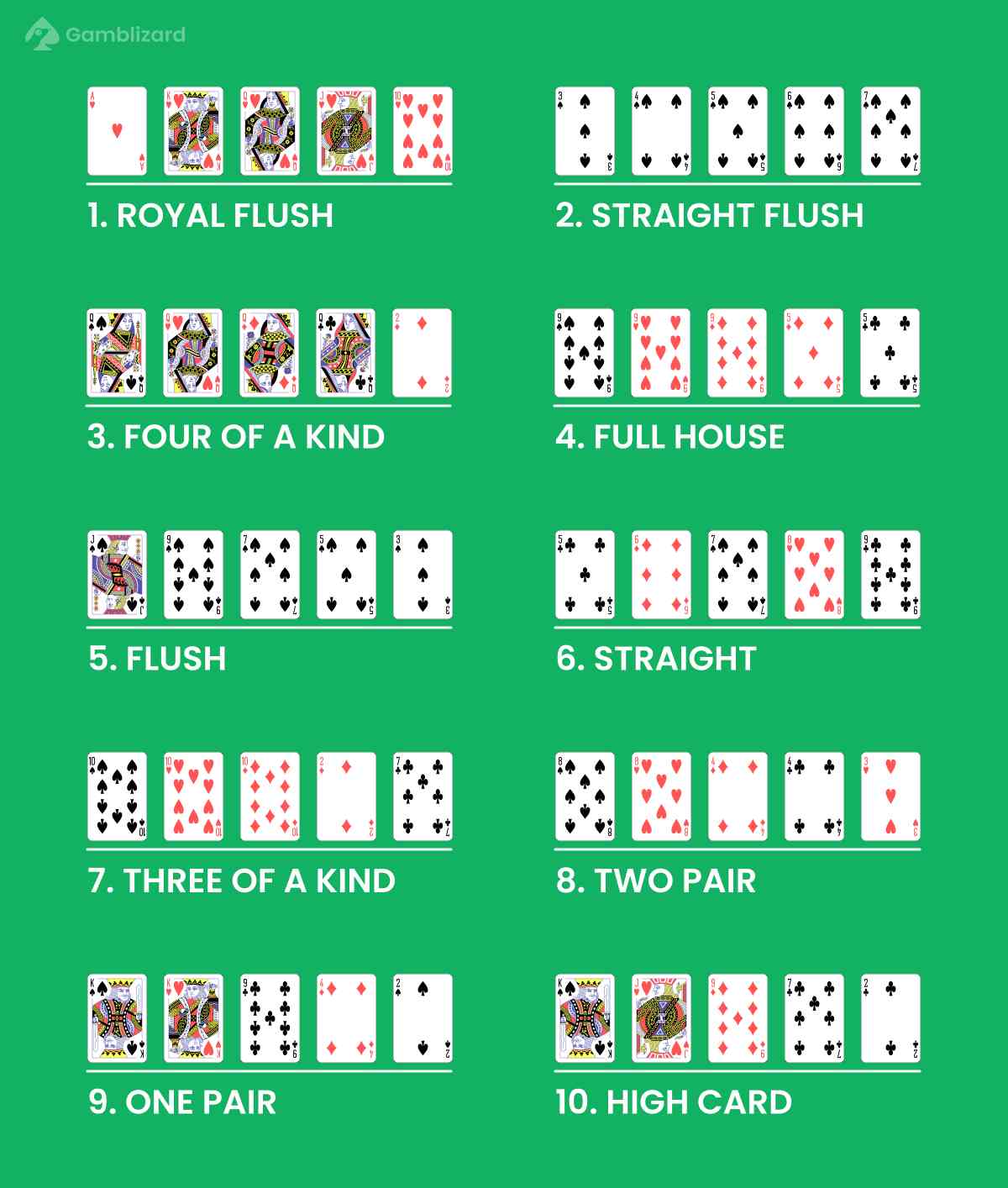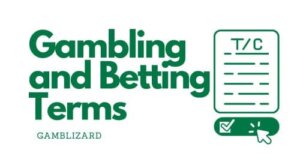Texas Hold’em Poker: Rules and Strategies
Texas Hold’em is the most-played poker variant and the format used in the World Series of Poker (WSOP) Main Event. The flagship version is No-Limit Texas Hold’em, where players can wager all their chips at any time. This guide covers the rules, betting flow, hand rankings, essential terms, strategy basics, and the key differences between online and live play.
How to Play Texas Hold’em Poker
Unlike Casino Hold’em (you vs. the house), Texas Hold’em is player versus player. Skill, decision-making, position, and reading opponents matter alongside luck. Bluffing has a place, but timing and table dynamics are crucial.
Basic Setup
Before any cards are dealt, it helps to understand the table, the blinds, and the goal of each hand.
- Deck: Standard 52-card deck.
- Players: Typically 2–10 per table.
- Blinds: Two forced bets — small blind and big blind — rotate clockwise each hand.
- Objective: Win chips by making all opponents fold or by showing the best five-card hand at showdown.
Betting Rounds
Each hand follows four betting stages. Knowing what decisions belong where will keep you organized and focused.
- Preflop: Two private cards (“hole cards”) are dealt to each player. Action starts left of the big blind. Players can fold, call, or raise.
- Flop: Three community cards are dealt face up. Players assess their equity and choose to check, bet, call, raise, or fold.
- Turn: A fourth community card is dealt. Pots grow and decisions tighten.
- River: The fifth and final community card is dealt. After the last betting round, remaining hands are shown to determine the winner.
Blinds and Antes
Blinds seed the pot and ensure action. Some games also use antes to add extra incentive to play hands.
- Small Blind: Usually half the big blind.
- Big Blind: The full blind amount; sets the minimum raise size preflop.
- Antes (optional): A small forced bet from every player each hand.
Texas Hold’em Hand Rankings
Showdowns are decided by standard poker rankings. Memorize the order below to read boards and plan your bets.
- Royal Flush: Ten–Ace, same suit.
- Straight Flush: Five consecutive cards, same suit.
- Four of a Kind: Four cards of the same rank.
- Full House: Three of a kind plus a pair.
- Flush: Any five cards of the same suit.
- Straight: Five consecutive cards, mixed suits.
- Three of a Kind: Three cards of the same rank.
- Two Pair: Two different pairs.
- One Pair: One pair only.
- High Card: No combination; highest card wins (Ace is highest).
Key Texas Hold’em Terms
These definitions will make tables, streams, and strategy articles easier to follow.
- All-in: Wagering all your chips.
- Bluff: Representing a strong hand to induce folds.
- Check: Decline to bet while staying in the hand (only if no bet is pending).
- Call: Match the current bet.
- Raise: Increase the current bet.
- Fold: Surrender your hand and any claim to the pot.
- Kicker: Side card used to break ties (e.g., A-K beats A-Q).
- Nuts: The best possible hand at that moment.
- Pot Odds: Ratio of the pot size to the cost of a call; guides profitable decisions.
- Suited / Off-suit: Whether your two hole cards share a suit.
Beginner Strategies
Solid fundamentals will save chips and build confidence. Start with the points below and add nuance as you gain hands-on experience.
Starting Hand Selection
Tighten up preflop. Prioritize high pairs (AA–TT), big Broadway combos (AK, AQ), and playable suited connectors in later position. Fold weak, dominated hands that get you into trouble.
Positional Awareness
Acting later gives you more information. Play more hands on the button and cut-off; play fewer from early position where you act first postflop.
Value Betting vs. Bluffing
Bet for value when you expect calls from worse hands. Choose bluffs sparingly and only on boards where your story makes sense (e.g., you can credibly represent strong ranges).
Bankroll Management
Protect your funds so variance doesn’t wipe you out. A common guideline is no more than 5% of your bankroll per cash buy-in or tournament entry. For a more structured approach, explore proven poker bankroll management strategies to handle swings and play within safe limits.
Common Mistakes to Avoid
These errors cost beginners the most chips; keep them in check.
- Playing too many hands out of position.
- Chasing weak draws without the right pot odds.
- Overvaluing one-pair hands on scary boards.
- Auto-c-betting every flop without considering range and texture.
Charlon MuscatCasino Fact Checker
Online vs. Live Texas Hold’em
Both formats share the same rules, but pace, information, and atmosphere differ in ways that affect strategy.
Online: More hands per hour, smaller tells, but timing and bet sizing patterns still reveal strength. Table selection and note-taking tools help. Players often enter events through satellite tournaments, which let you qualify for larger buy-ins at a fraction of the cost.
Live: Slower pace with physical cues (chip handling, eye contact, talkativeness). Mind etiquette and avoid revealing information unintentionally.
How to Play Texas Hold’em Poker in a Casino
You can easily play Texas Hold’em online at online casino. Just follow these simple steps:

Visit a gaming site. Choose a website that you find on Gamblizard.

Create an account. Click on the registration button to set up your account. Fill in all the required information to proceed.

Deposit safely:. Select one of the available payment methods and then deposit an amount you can afford to lose.

Join a table. Start with lower stakes, learn the flow, and move up as your skills grow.
History of Texas Hold’em
Texas Hold’em Poker (also known as Texas holdem, hold’em, and holdem) is undoubtedly the most popular version of all poker games. Its roots go back to the early 1900s. It’s unclear who exactly invented the game, but it was introduced in Las Vegas in 1963. The Texas Legislature officially states that the game originated in Robstown, Texas, in the United States.
Summary
Texas Hold’em blends probability, position, and psychology. Learn the rules, respect position, choose solid starting hands, and manage your bankroll. With practice and discipline, your decisions will improve — and so will your results over time.


 Charlon Muscat
Charlon Muscat













